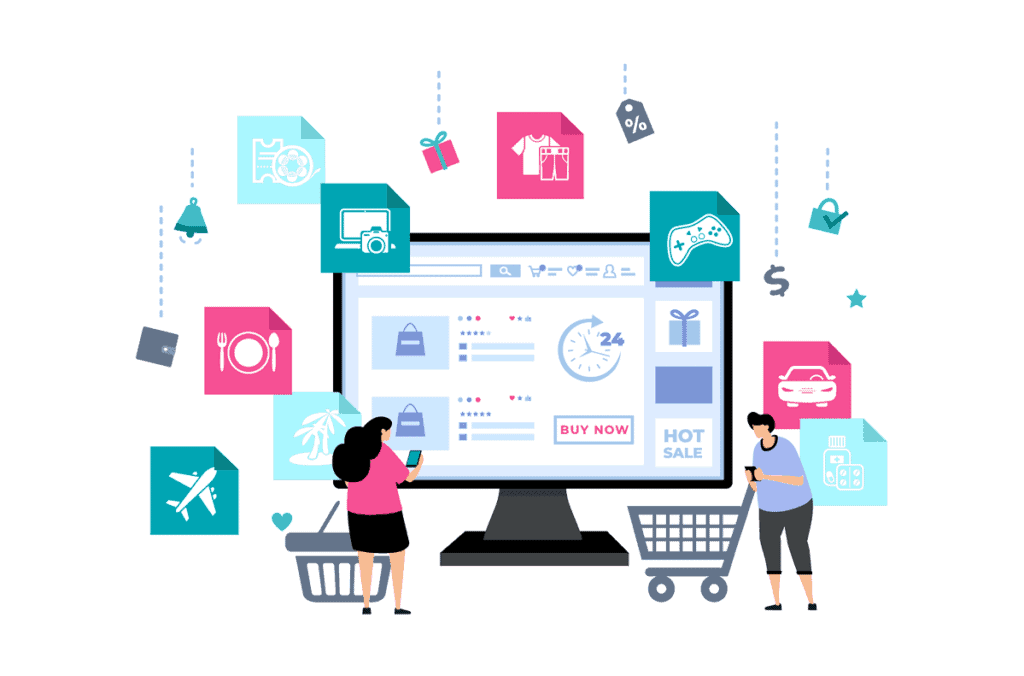Do you spend a lot of time and money to acquire new customers?
To let you in on a little secret, we all do.
It’s just part of doing business in these modern times.
The downside is that spending so much time and money acquiring new customers can leave you spinning your wheels at times.
And the difference between businesses that make a profit and go on for years and years compared to those that slowly die out has a lot to do with customer lifetime value.
To help you maximize your customer lifetime value, we’re going to break down cross-selling and how you can leverage it to ensure your business’ success for years to come.
Cross-Selling Defined
When it comes to sales, the more you know about your customers and their needs, the better.
Cross-selling is defined as promoting and selling a product or offer that’s related or complementary to the product they recently purchased.
This technique can help you increase revenue by providing customers and clients with an additional product or service that they might find beneficial. As a result, increasing your customer lifetime value.
In this video, you’ll discover some of the most strategic cross-selling examples. You’ll also learn the differences between an upsell and a downsell.
By the end of it, you’ll know how to set up cross-selling for your business so it’s automated and all of your products or services are offered in one place!
Why Cross-Selling Products Matters
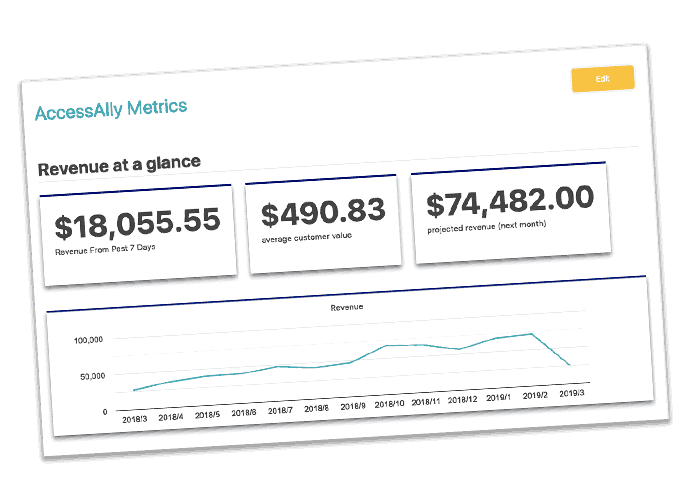

As mentioned customer lifetime value is an important metric to monitor in your business. You should work to increase this metric over time to ensure the long-term success of your business.
You can also save time and money by selling to your existing customers and reducing the cost of acquiring a new customer.
Let’s take a closer look at how to increase customer lifetime value, reduce the cost of acquiring a new customer, and sell to existing customers and clients.
Increase Customer Lifetime Value Through Cross-Selling
If you only sell one thing and it’s a low-priced offering, then your potential customers can only buy that one thing from you. Your customer lifetime value is equal to the price of your single offering. You’ll find yourself constantly chasing new customers which can feel like a neverending cycle without a lot of return on your investment.
With this in mind, the obvious solution is to sell access to an ongoing membership or recurring subscription-based product.
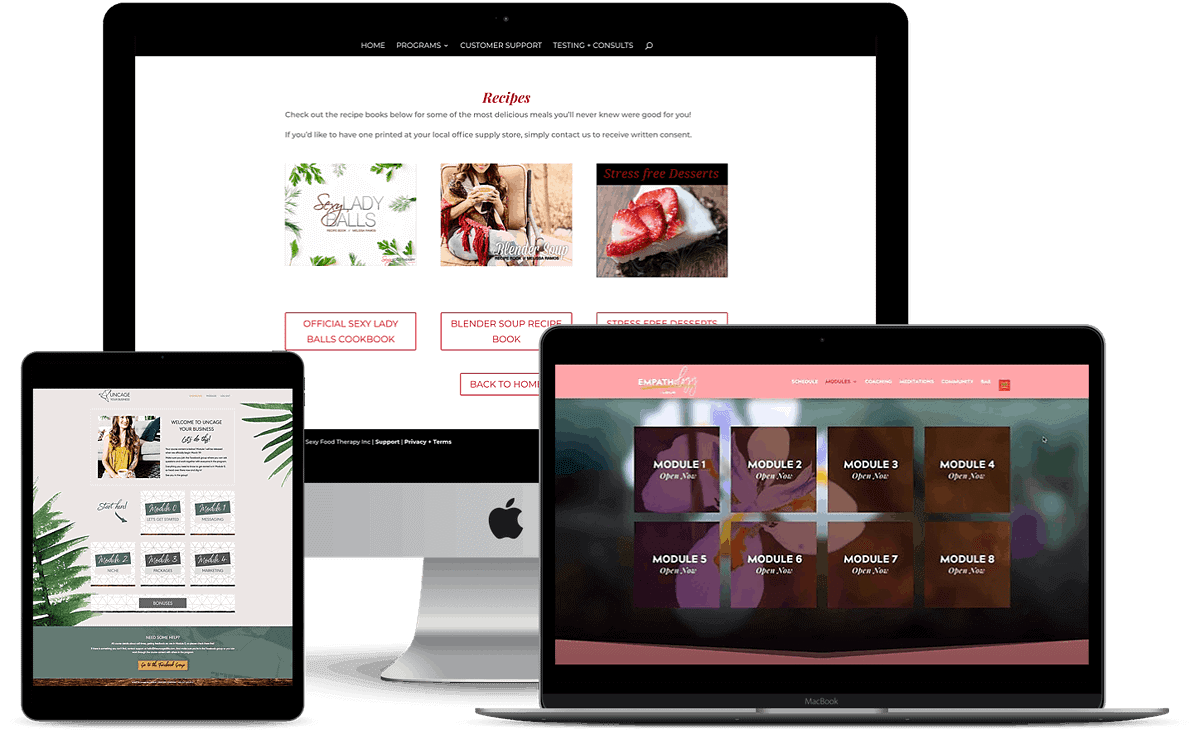

However, if you haven’t put much effort into increasing retention rates, your customers may only stay for a month or two. You’ll find yourself in the same conundrum with a lower customer lifetime value.
The key here is to diversify your offerings.
By having multiple revenue streams such as online courses, a membership, coaching packages, and events you open yourself up to opportunities to increase your customer lifetime value.
Whether you promote your additional offerings as order bumps at the time of purchase, immediately after as a 1-click upsell, or later in the customer journey, these cross-selling opportunities will help you increase your customer lifetime value.
These cross-selling opportunities will afford you the opportunity to grow your business and reinvest in the tools and activities that will help you scale faster.
By increasing your customer lifetime value, you’re affording yourself the ability to reinvest in the personnel, tools, and activities that help you run and grow your business.
Offset Your Costs of Acquiring a Customer
Your cost of acquiring a new customer (CAC) can be calculated by totaling the amount that you’re paying on advertising, marketing, sales efforts, and personnel divided by the number of sales made in a month.
Depending on the activities and strategies you’re using to acquire customers these efforts all cost money, whether it’s a personnel expense, paid ads, or other marketing expense.
These might include expenses such as Facebook ads, Google ads, sales calls, webinars, video production, search engine optimization. Be sure to account for these as part of your expenses for acquiring a new customer.
A higher customer lifetime value will help decrease your CAC and offset these expenses making your business more profitable month after month.
It’s easier to sell to an existing customer
We can hear you saying it now, “How much easier?”.
According to marketing metrics, if you are trying to sell to a brand new customer who has never done business with you, you can expect to have a five to twenty percent conversion rate if your sales and marketing processes are really dialed in.
However, if you’re selling to an existing customer, you can expect to have a sixty to eighty percent sales conversion rate.
So that begs the question, “How do you sell to an existing customer and increase customer lifetime value?”.
Cross-selling, upselling, and down selling is the answer.


What are the Differences Between Cross-Selling, Upselling, and Downselling?
Cross-selling is the act of offering a new product or service to an existing customer, and it can happen at any point in their customer journey.
Upselling is a sales strategy where you offer an additional product or service after somebody has just purchased a product or service. This selling strategy works really great on a thank you page when a customer purchases a course or membership subscription.
Down selling is a sales strategy where you offer a product, service, or program that is a little bit cheaper to somebody who is about to purchase but doesn’t complete their order. This can be presented as an exit-intent offer before they close their browser.
You can also present this downsell offer if a customer has purchased one offering but has declined an upsell. You’ll present them with a downsell. The downsell is another option that might not be as expensive as the upsell.
Another downsell strategy that works well is presenting a more affordable offer in your abandoned cart campaign if a user doesn’t come back and complete their original purchase.
Examples of Cross-Selling
Cross-Selling Dashboard


One of the easiest ways to cross-sell your products or services is to use a cross-selling dashboard.
When your customers log in to access their paid content they will see everything else you offer that they don’t currently have access to.
The best way to present these programs and offerings is to indicate which things your customers already have access to using a colored icon and a greyed-out icon for ones they don’t.
When the greyed-out icons are clicked you can redirect them to an order form or treat it as a 1-click upsell presenting them with the price and asking if they would like to proceed with the payment by charging the card on file.
The cross-selling dashboard does all of the work for you. People will naturally have their curiosity piqued and it creates a sense of wanting to unlock all of these other items inside of your membership site for your existing customers.
If they are liking what they’ve already purchased, the cross-selling dashboard is a non-spammy way to present your other offerings and give them more of the great, quality content they already enjoy. It also brings awareness to your other offers that your customers may not have known about otherwise. know about.
1-Click Upsell Example
The next example we want to share with you is the 1-click upsell sales strategy. Specifically, we’ll break down how and why you’ll want to do this on the thank you page after a customer purchases a product from you.
The benefit here is similar to the case above; your customers can complete their purchase for this add-on offer without having to enter their credit card again.
1-click upsells presented on a thank you page immediately after a customer purchase one product from you have been shown to increase revenue by 35%. So if you’re not doing this yet, it’s worth testing.
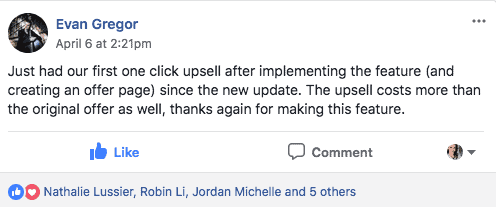

The strategy here is to present a follow-up offer on your purchase confirmation page after someone buys one product or program from you.
The thank-you page will confirm their previous purchase and present them with a one-time offer to add another great product, program, or service right away that’s complementary to the purchase they just made.
If they are interested and want to purchase, they’ll just click the buy now button and be asked to confirm the charge for the cost of the product with a click of a button.
You can even add a no thanks link below your buy now button as a down-sell strategy to present them with a follow-up lower price point offer. It works just the same as the 1-click upsell; just remember a down-sell is the same as an upsell. It’s just a lower-priced offer.
AccessAlly makes it easy to offer 1-click upsells throughout your customer’s journey. With each product and offer you set up you can easily set up the parameters to make it a 1-click upsell.
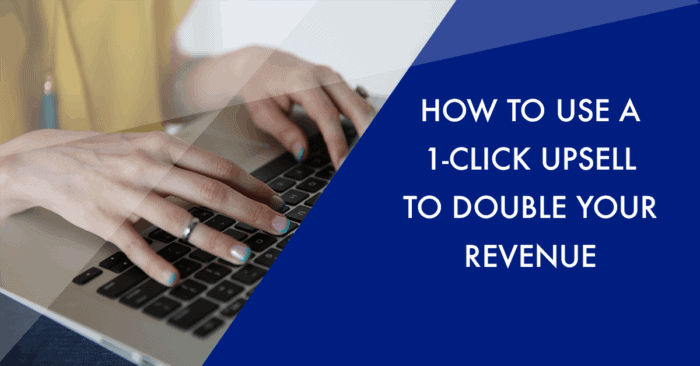

Abandoned cart follow-up downsell example
This last example is using an abandoned cart follow-up automation to present the potential customer with a downsell offer.
Someone may be on your order form ready to buy, but then they are distracted or they have reservations about the investment and end up abandoning their purchase. They may have even just changed their mind.
Having an abandoned cart automation set up with early contact creation will help you recover a good percentage of potentially lost sales.
You’ll want to start off the follow-up emails with a friendly reminder prompting customers to purchase by allowing them to pick up right where they left off. However, if that doesn’t work you can present them with a limited-time coupon that will reduce the price of what they were on the verge of purchasing from you in the first place making it a little more affordable and hopefully getting them off the fence.
Compare the top course & membership platforms We’ve done the research, so you can make the right decision for your business.  Compare Your Options Compare Your Options |
How to Automate the Cross-Sell, Upsell, and Downsell Process
Plugins such as AccessAlly make all of these cross-selling sales strategies easy to set up and implement for a seamless sales experience.
AccessAlly is the most powerful tool you can use to sell courses, memberships, challenges, and other types of offerings online using WordPress.
In the above video, I walk you through just want that looks like, but you can also get access to our free demo here.

